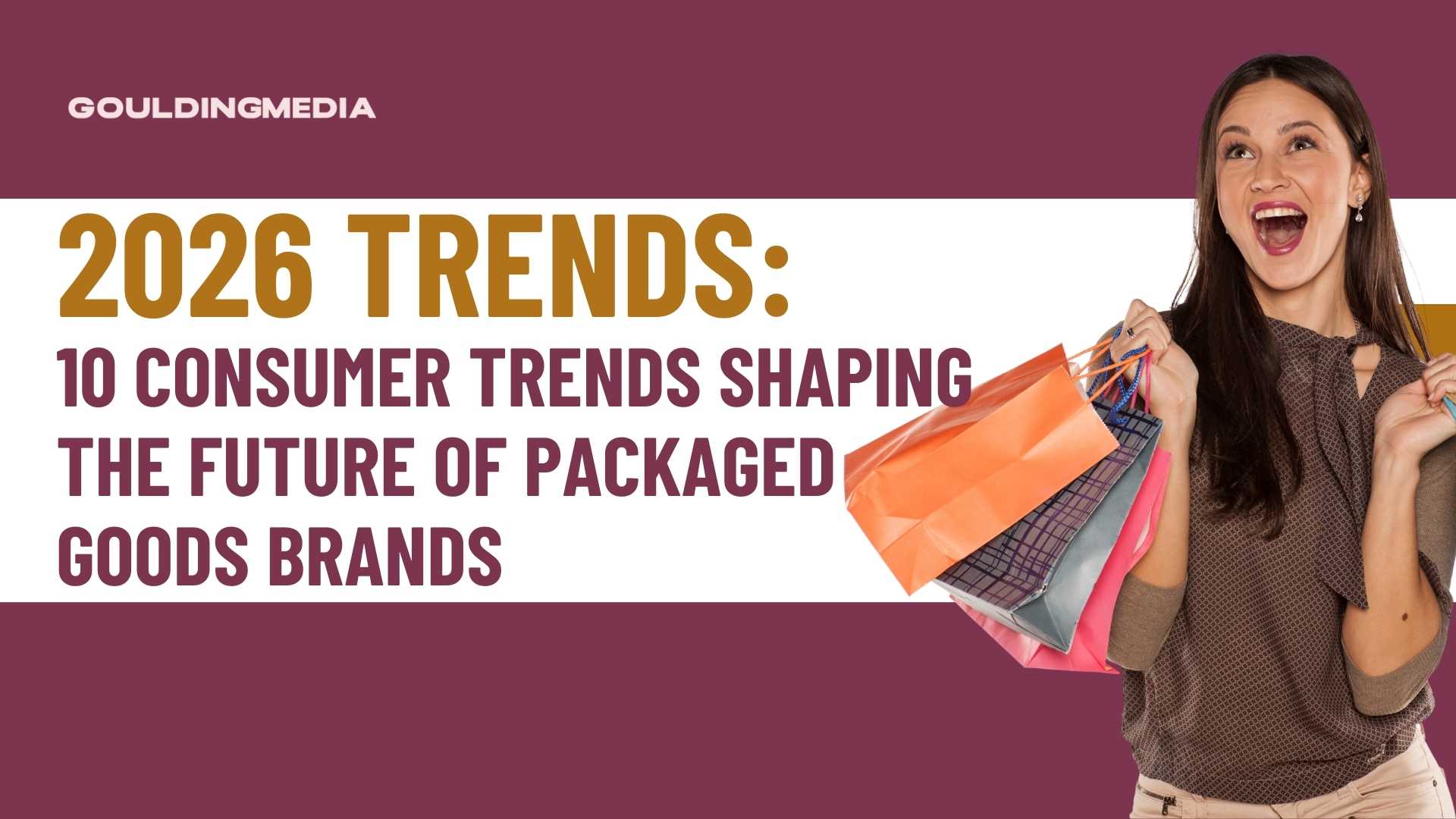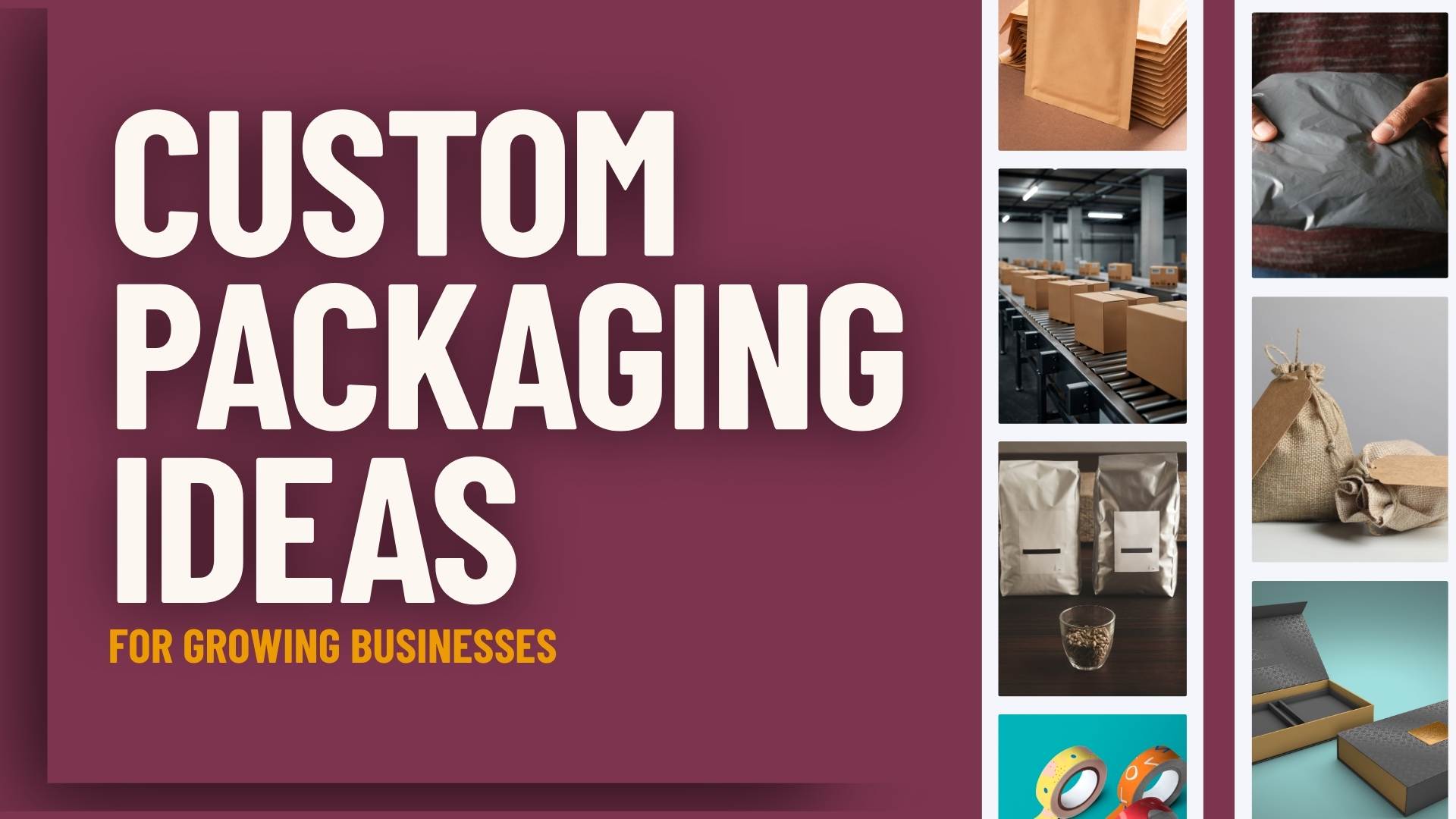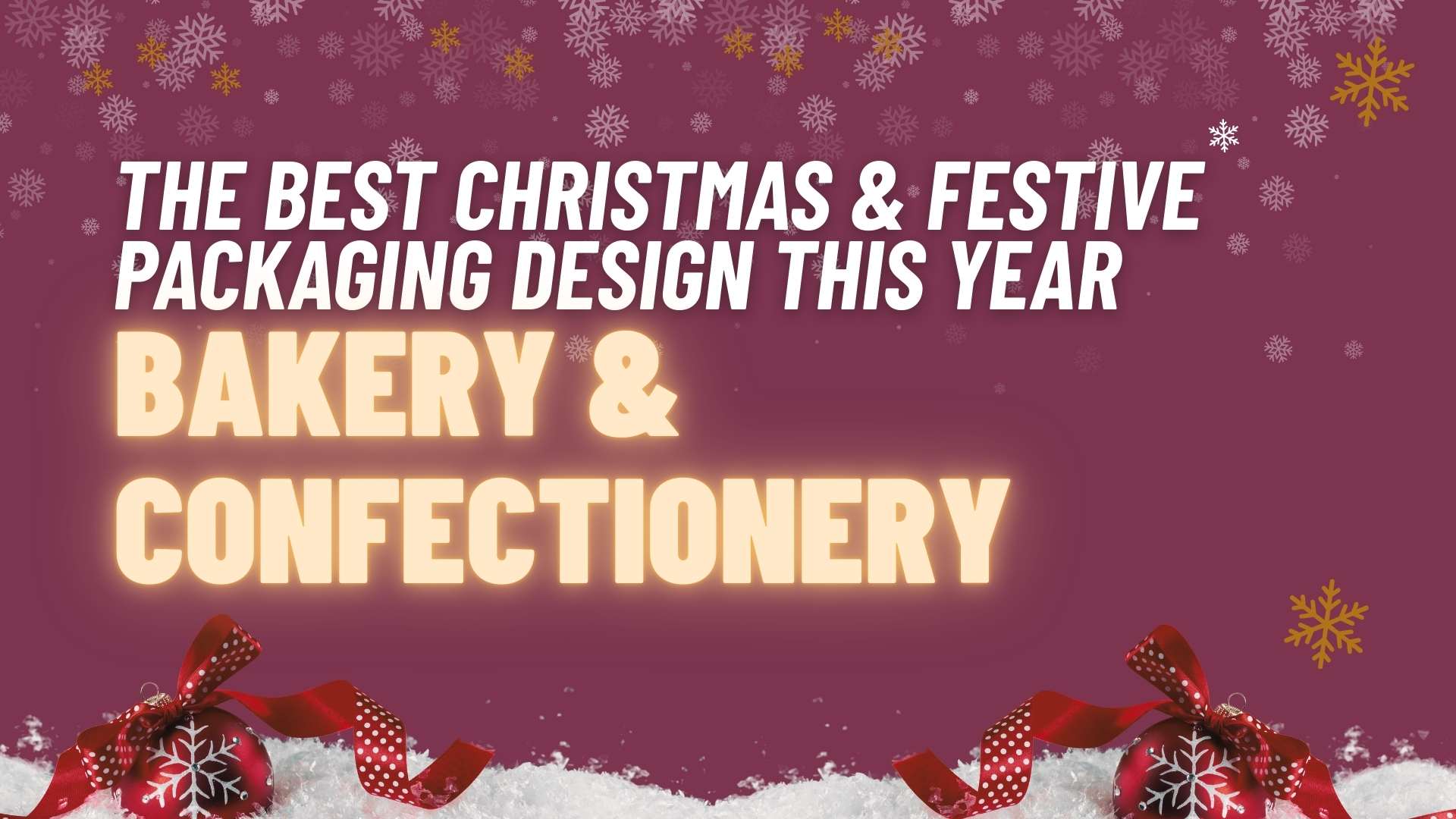The packaged goods industry is evolving faster than ever. While many brands stick to basic functionality in packaging—consumers are excited when packaging delivers experiences, reflects personal values, and connects with them in more meaningful ways. AI-powered interactivity, nostalgic design, gamification, and sustainability are strategies that brands are using to increase attention, loyalty and make their brands/products more memorable to consumers.
These emerging consumer trends are shaping the way products are designed, presented, and experienced, highlighting what will matter most in 2026 and beyond.
1. Physical Meets Digital: The Rise of AI-Enhanced Experiences
AI isn’t just for tech companies, it’s starting to shape how everyday products are packaged and experienced. In the UK, brands are using AI-powered QR codes to make packaging interactive. A quick scan might bring up a personalised recipe, a product tip, or a limited-time offer, all tailored in real time.
This shift makes packaging more of an experience. It’s a way to connect with customers, offer added value, and stay top of mind long after the sale. You don’t need an app or flashy tech—just a smart way to create more engagement with your packaging.
Real-life examples:
- Nestlé adds QR codes on two of its beloved brands, KitKat and Quality Street, that lead to AI-generated tips and content.
- Smart pizza boxes by WestRock feature QR codes that provide instructions on how to recycle the packaging.
- Digital QR codes powered by GS1 and BL.INK allow brands to update product info post-purchase.
What to try: Use dynamic QR codes to deliver seasonal messages, recipe ideas, or digital rewards. No need for apps—just simple, smart scanning.
2. Nostalgia Repackaged
There’s something about the past that grabs attention, especially when it’s wrapped in a familiar look. In the UK, brands like Cadbury, Kellogg’s, and Bazooka are tapping into those old-school memories. Classic logos, vintage colour palettes, and heritage-inspired packs are making a strong comeback.
What’s interesting is that nostalgia works even if someone didn’t live through the original moment. People can still feel connected through imagined memories, especially when the design feels warm and familiar.
Real-life examples:
- Cadbury released Dairy Milk bars in six classic designs for its 200th anniversary.
- Kellogg’s brought back retro boxes for Frosted Flakes and Froot Loops with original mascots.
- Jell-O refreshed its look to match packaging from the ’70s to ’90s.
- Pepsi updated its logo to echo its iconic ’80s and ’90s globe design.
- Bazooka Bubble Gum celebrated 75 years using 1980s-style wrappers.
What to try: Test a retro version of your packaging as a limited edition. Use vintage fonts, colours, or mascots to create a visual link to your brand’s past, or an imagined one.
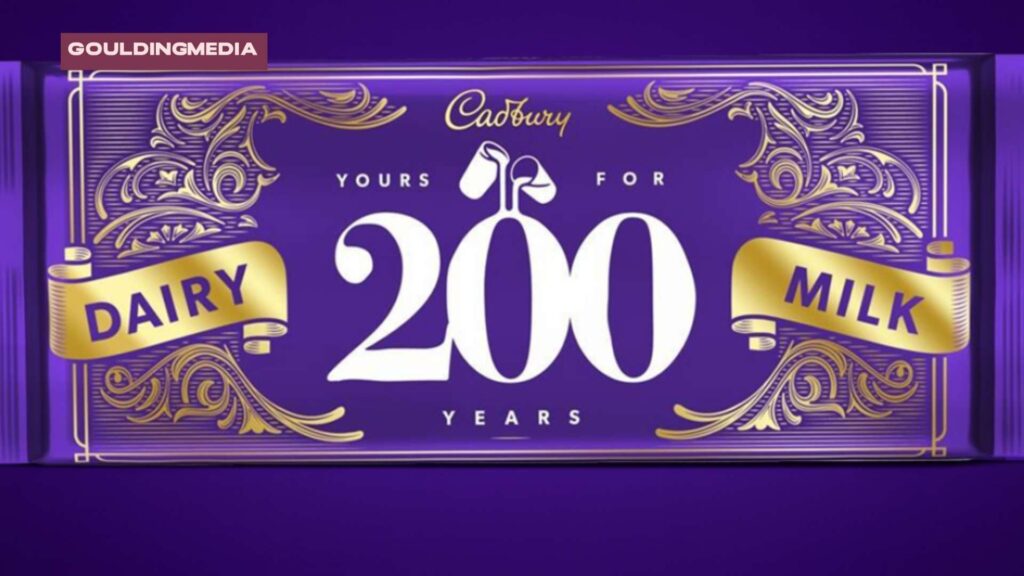
3. The AI-Assisted Shelf: Smarter In-Store Experiences
AI is showing up in stores in ways that feel creative. In Manchester, Betty Crocker’s Dream Bake Studio invited shoppers to design their perfect cake using AI. The process was fun, fast, and personalised, and people left with a custom baking kit they helped create.
Haribo brought its Giant Wheel of Fortune to UK airports, turning a simple giveaway into a playful, tech-powered experience. A physical spin or a mobile scan gave customers a chance to win goodies, keeping things light but memorable.
What to try: Partner with retailers for mini pop-ups or gamified sampling events. Small, interactive displays or scannable shelf tags can boost engagement with minimal setup.
4. Packaging for a Hands-Free Lifestyle
Today’s fast-paced lifestyles leave consumers short on time, so they want things that are quick, simple, and easy to understand. UK shoppers seek out simplicity with grab on the go, open in one step, and clear front of pack information. Clean messaging and strong visuals make a huge difference, especially in fast-paced retail spaces.
A recent study found that color, shape, image, line, and typography are the five most influential design characteristics, with image having the strongest impact. So it’s not just about function, it’s about making an instant first impression.
What to try: Keep your front-of-pack messaging sharp. Show key benefits in a clean and creative way. Consider the shape, grip, and how it feels in your hand, especially if it’s designed for use while multitasking.
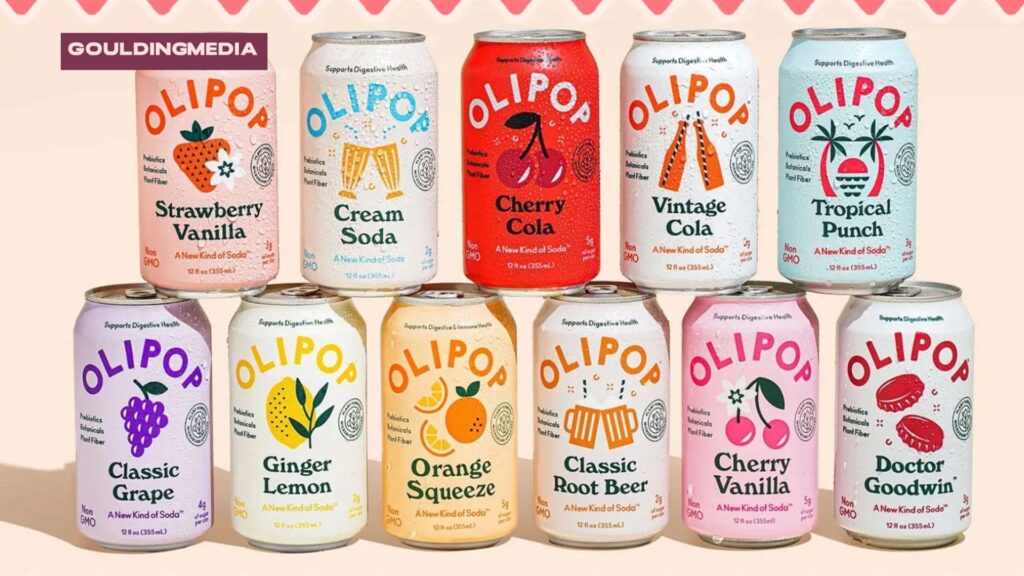
5. Personalisation Without Complexity
Shoppers want products that feel unique—even when they’re mass-produced. Thanks to digital tools, even small UK brands can now offer packaging that feels personal, relevant, and fresh.
It doesn’t need to be custom created. Small tweaks like local references, regional editions, or name drops can create a deeper connection.
Real-life examples:
- Coca-Cola’s “Y3000” AI-generated flavour launched with futuristic branding and limited runs.
- Olipop, a newer brand, blends retro styling with clean design to stand out and feel personal.
- Cara Capsules used digital printing to adjust designs on the fly without added cost.
What to try: Add unique design touches that vary by region, season, or retailer. Even small changes, like a different message or illustration, can make people feel more seen—and more likely to come back.
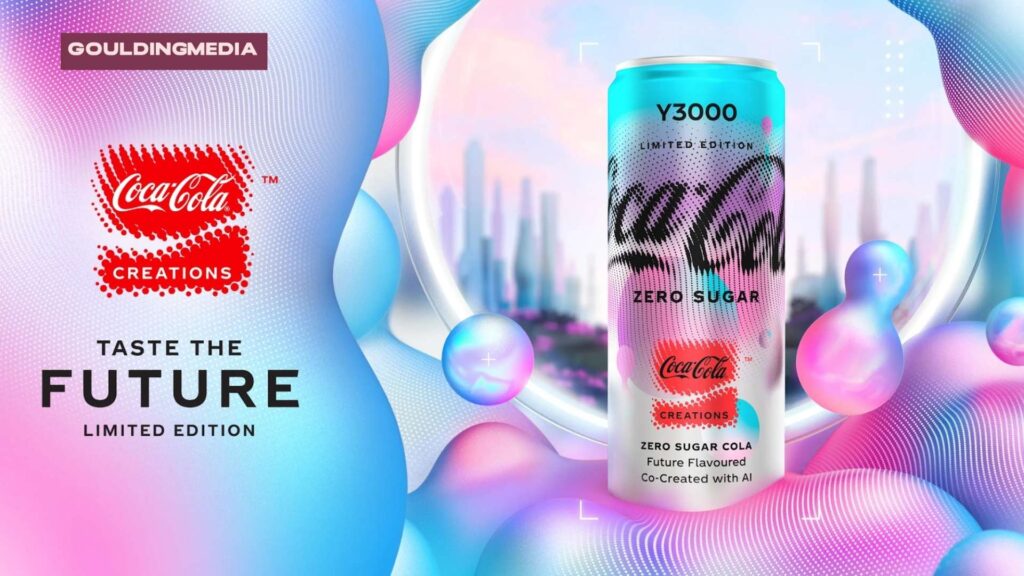
6. Tribalism and Co-Creation
Shoppers don’t respond to broad, one-size-fits-all branding. People are forming tight communities based on shared interests, styles, and values, and they buy brands which demonstrate shared values in their messaging. It’s about showing you get their world.
Co-creation and collaboration are powerful tools here. Brands that open the door to community input or tie themselves to a specific aesthetic are more likely to build loyalty.
Real-life examples:
- Yorkshire Tea partnered with POPeART to create limited-edition gaming controllers that blend two niche cultures: British tea drinkers and gamers.
- Luxury car brands are partnering with audio technology companies to appeal to design-conscious audiences who value craftsmanship and performance.
- Limited runs, fan-made designs, and influencer collabs are also driving product relevance and cultural credibility.
Stat spotlight: The “Branded Controller” trend drew 38,142 consumer clicks, proving there’s appetite for niche-focused, co-created design.
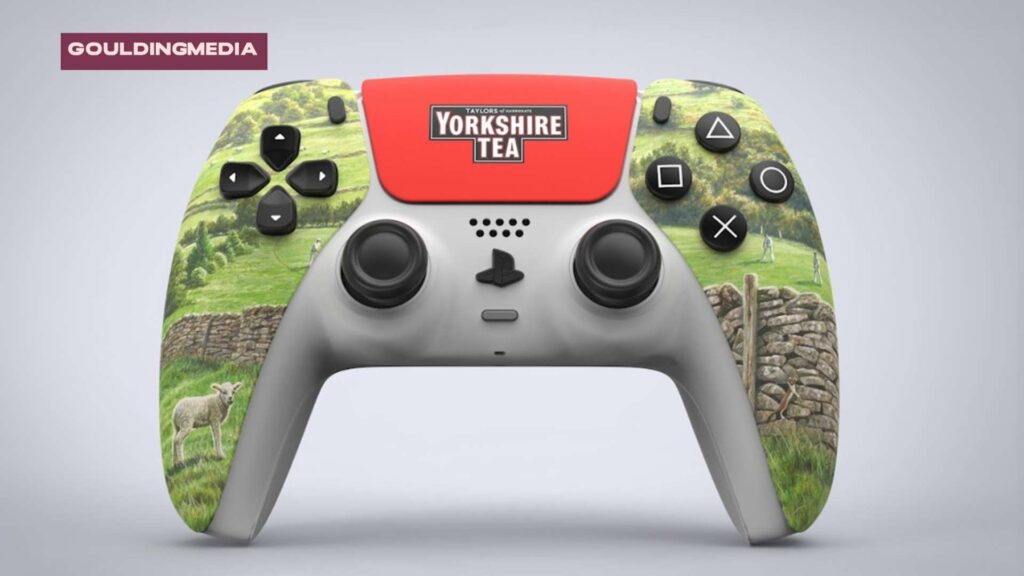
7. Prosumerism & DIY Tools
People want more control—not just over what they buy, but how it’s made. This rise in prosumerism means customers like to access tools that help them personalise or even help shape the final product.
Whether it’s tweaking a design, choosing ingredients, or suggesting new features, shoppers now see themselves as creative contributors.
Real-life examples:
- AI-powered tools like Zeda IO and Productboard give users input on product direction and design.
- Subscription box brands now let customers customise what goes into each delivery.
- Packaging configurators are helping small brands launch custom editions tailored to fan input.
Stat spotlight: The “Product Analytics” trend pulled in 15,580 clicks, reflecting growing demand for transparent, participatory product design.
8. Gamification and Youthfulness
Younger consumers—and even older ones—are drawn to play. Gamified elements in packaging and campaigns turn buying into something fun, rewarding, and memorable.
This trend goes beyond apps. It shows up in everything from limited-edition collectables and prize codes to physical games embedded in packaging.
Real-life example:
- McDonald’s Monopoly is a well known example of gamification through packaging. Customers collect tokens from their food packaging for a chance to win prizes. The prizes can be instant wins or collectable property tokens which lead to bigger prizes. This process fosters repeat purchases and has given McDonald’s high engagement. The promotion has been so successful that 2024 marked its 18th year!
- Haribo’s Giant Wheel of Fortune activation in UK airports used both physical and mobile elements to engage all ages through chance, reward, and brand play.
- Pringles has launched AR games which are accessible via scanning its packaging. The games encourage users to share their experience which increases brand interaction online.
What to explore: Consider AR treasure hunts, QR code prize entries, or collect-and-trade mechanics built into your packaging. Playfulness creates stickiness—and strong brand recall.
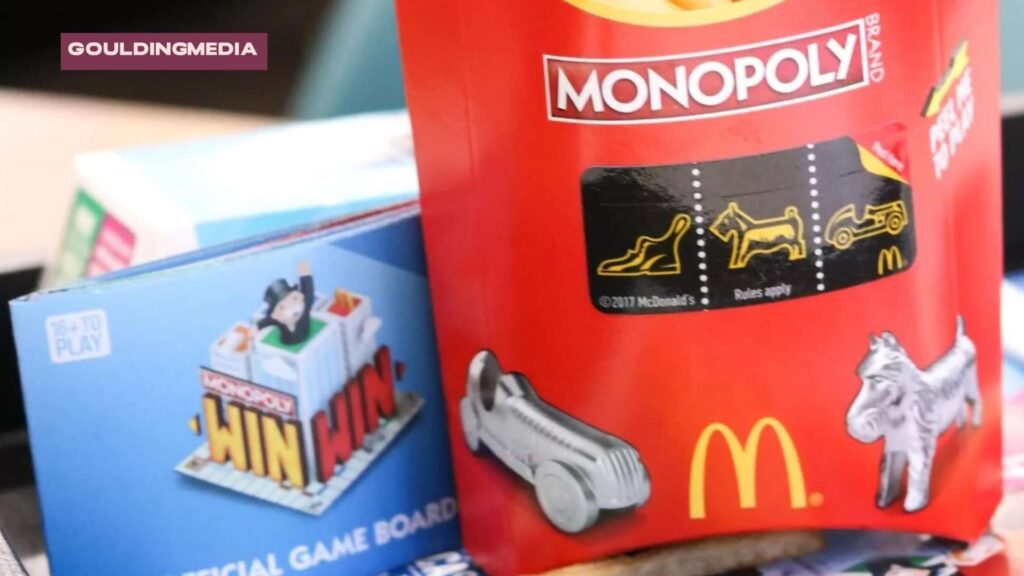
9. Health-First Technologies at Home
With more health-conscious shoppers and the rise of telehealth, people are increasingly seeking wellness-driven features in the products they use daily. This includes innovative packaging that supports home care, dietary tracking, or wellness reminders.
Packaged goods aren’t just functional—they’re becoming part of a broader lifestyle of health monitoring and personal care.
Real-life examples:
- WebMD TV offers on-demand health content directly tied to everyday products.
- Vantiva’s remote care tools are integrated with home diagnostics and medication management.
Stat spotlight: The “Healthcare Television” trend garnered 7,501 clicks and featured 28 examples, indicating momentum in this space.
10. Sustainability & Naturality
Consumers want brands to do better—for the planet and their health. That means clean ingredients, minimal materials, and transparency throughout the process.
In the UK, this trend shows up in paper-based packaging, compostable tapes, and clear messaging about eco-friendly choices. The push isn’t slowing down.
What works now:
- Using cardboard or paper instead of plastic.
- Calling out locally sourced or organic ingredients.
- Designing packaging that’s recyclable, biodegradable, or refillable.
UK stat to note: 74% of consumers are willing to pay more for sustainable packaging. Highlighting naturality and eco values isn’t optional—it’s expected.
Wrapping Up
The way consumers interact with packaged goods is changing rapidly. Experiences, personalisation, sustainability, and playful engagement are no longer optional—they’re expected. Brands that embrace these trends can connect more deeply with their audience, stand out on crowded shelves, and build lasting loyalty.
At Goulding Media, we help brands turn these insights into action. Whether you’re looking for a packaging designer in the UK and Europe or need support with smart packaging strategies and interactive campaigns, we create solutions that make your products memorable and relevant in 2026 and beyond. Reach out to us today and discover how your brand can stay ahead of the curve.

